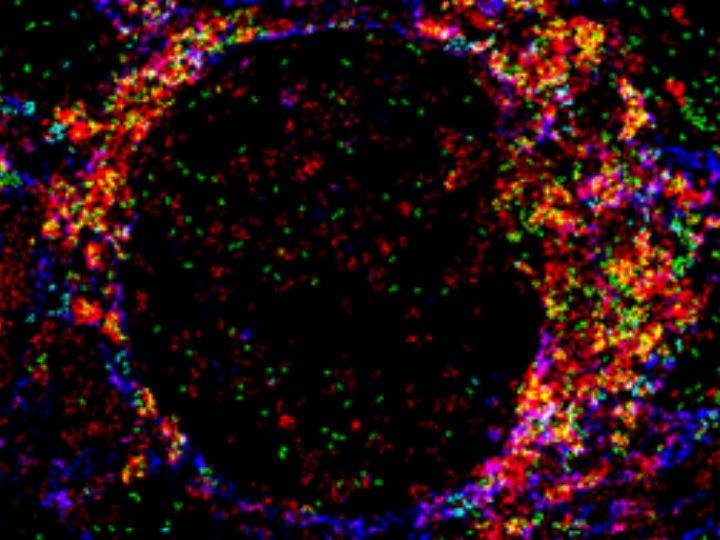2023-08-17 ペンシルベニア州立大学(PennState)
◆研究はアメリカの子供を対象に2,756の腸内細菌叢サンプルを分析し、3か月後から変異が現れることを明らかにしました。これは、環境や社会的要因による生活体験によるものであり、遺伝的な要因ではないと考えられています。腸内細菌叢の変異の理解は、健康格差の軽減や医学の向上に貢献する可能性があります。
<関連情報>
- https://www.psu.edu/news/eberly-college-science/story/gut-bacteria-variation-among-human-social-groups-emerges-three-months/
- https://journals.plos.org/plosbiology/article?id=10.1371/journal.pbio.3002230
人種や民族に関連するヒトのマイクロバイオームの変異は、早ければ生後3カ月で出現する Human microbiome variation associated with race and ethnicity emerges as early as 3 months of age
Elizabeth K. Mallott ,Alexandra R. Sitarik,Leslie D. Leve,Camille Cioffi,Carlos A. Camargo Jr,Kohei Hasegawa,Seth R. Bordenstein
PLOS Biology Published: August 17, 2023
DOI:https://doi.org/10.1371/journal.pbio.3002230
Abstract
Human microbiome variation is linked to the incidence, prevalence, and mortality of many diseases and associates with race and ethnicity in the United States. However, the age at which microbiome variability emerges between these groups remains a central gap in knowledge. Here, we identify that gut microbiome variation associated with race and ethnicity arises after 3 months of age and persists through childhood. One-third of the bacterial taxa that vary across caregiver-identified racial categories in children are taxa reported to also vary between adults. Machine learning modeling of childhood microbiomes from 8 cohort studies (2,756 samples from 729 children) distinguishes racial and ethnic categories with 87% accuracy. Importantly, predictive genera are also among the top 30 most important taxa when childhood microbiomes are used to predict adult self-identified race and ethnicity. Our results highlight a critical developmental window at or shortly after 3 months of age when social and environmental factors drive race and ethnicity-associated microbiome variation and may contribute to adult health and health disparities.


